UX / UI / PRODUCT DESIGN
WHY?
The sneaker industry is a billion-dollar sector that has turned ordinary shoes into works of art. With the increase in the valuation of these items growing annually, the need for restoration and preservation services has crept into collector's bottom line. Can there be a seamless way to have your personal treasures restored with trust and ease?
CHALLENGE
Sneaker culture and the love for vintage pieces have created a market for restoration services. The craftsmanship and individuality of this art form is looked at the same way tattoo artist or high-end barbers are viewed: trust is extremely important. The challenge in this case is to provide the user with ease of mind when having services performed for them. Ease of mind and ease of use are primary tenets in creating a solution.
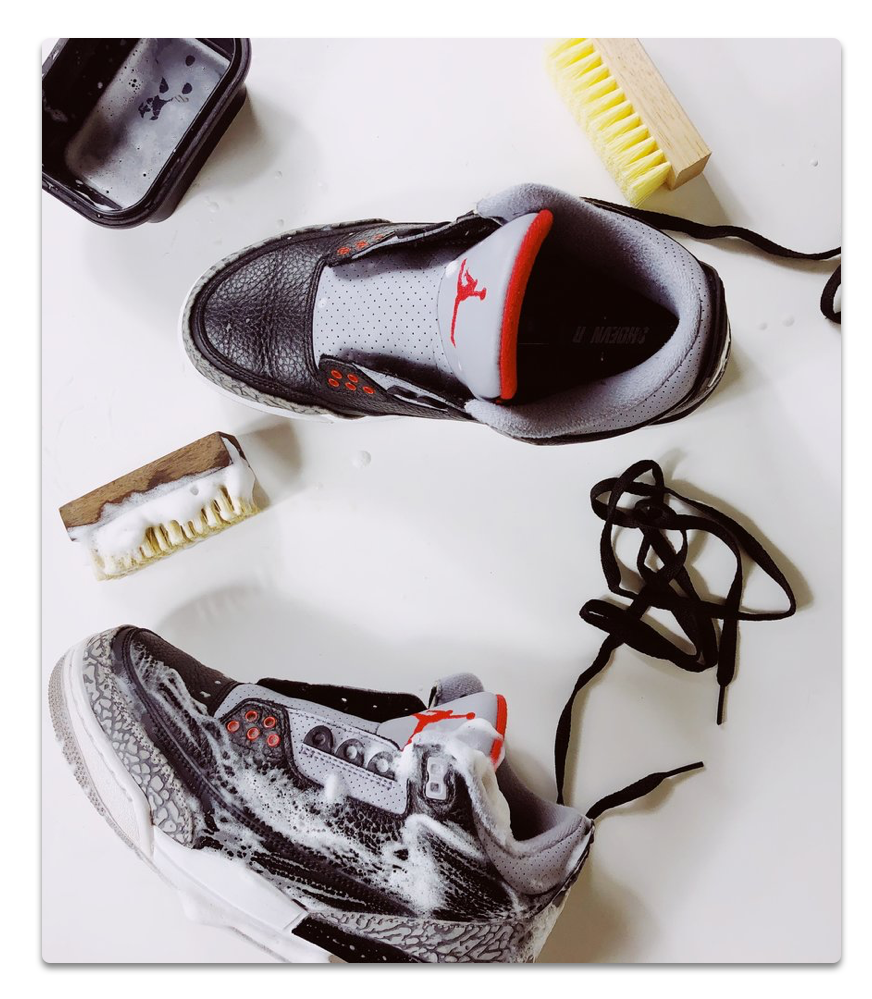
CHALLENGE
Sneakers culture and the love for vintage pieces have created a market for restoration services. The craftsmanship and individuality of this art form is looked at the same way tattoo artist or high-end barbers are viewed: trust is extremely important. The challenge in this case is to provide the user with ease of mind when having services performed for them. Ease of mind and ease of use are primary tenets in creating a solution.
DISCOVERY
The Interview process was conducted by panel discussion with a focus of determining the users goal and possible pre-existing pain points. To set up the interview panel, careful consideration was taken in selecting members with a vested interest in success. Following the expert interviews, the "How Might We's" were determined, organized, and voted on. This information made it easier to create long-term goals which provided clear direction for the solution. To assist with the scope of the project, a high-level map was created with the HMW placed to assist further with focus.
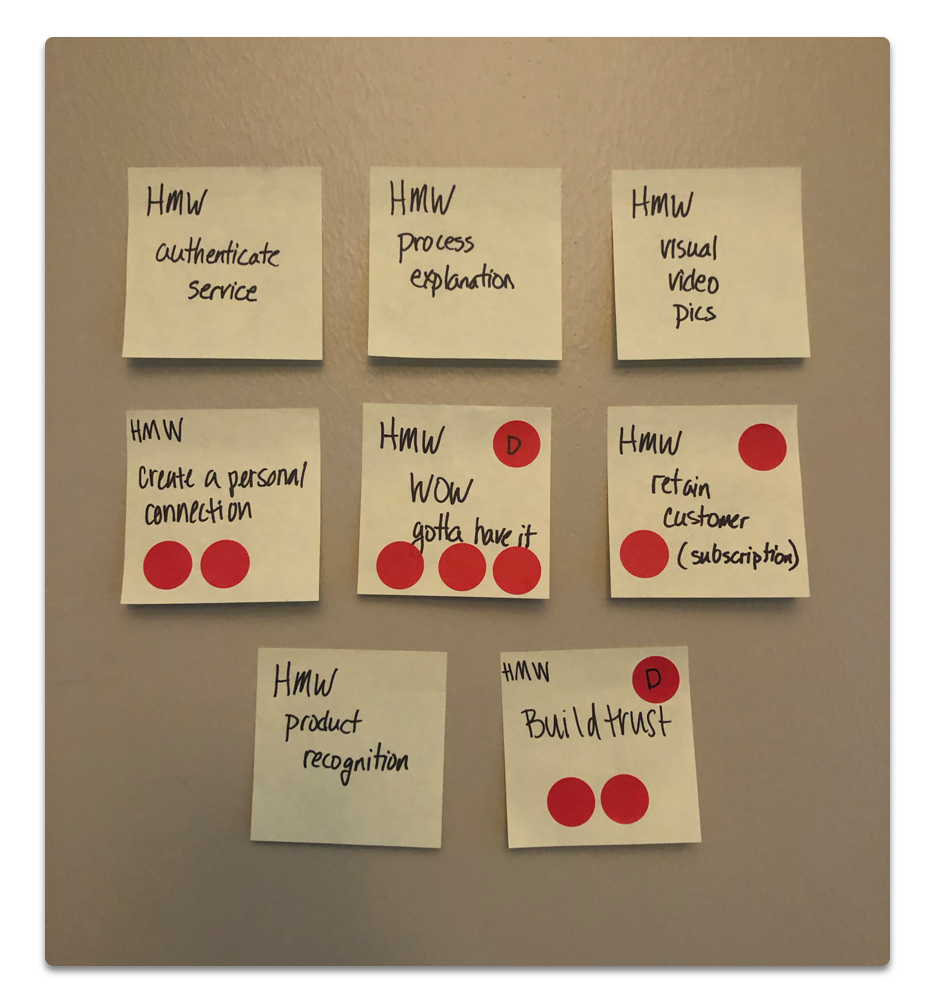
How Might We's
Lightning Demos and Crazy 8's were used to provide inspiration as well as further focus toward a solution. Solution sketches were created to proceed with a Heat Map vote to define the concept. Using everything gathered, the team created Storyboards to assist with Prototyping.
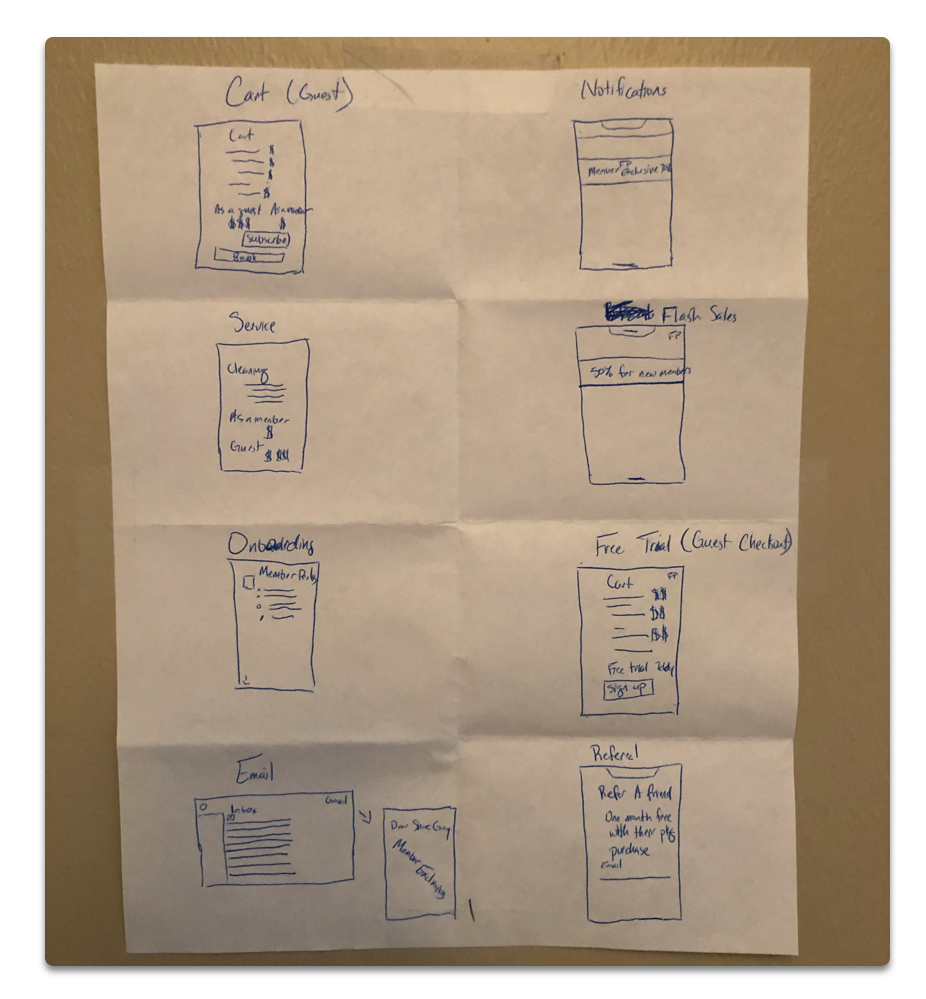
Crazy 8's
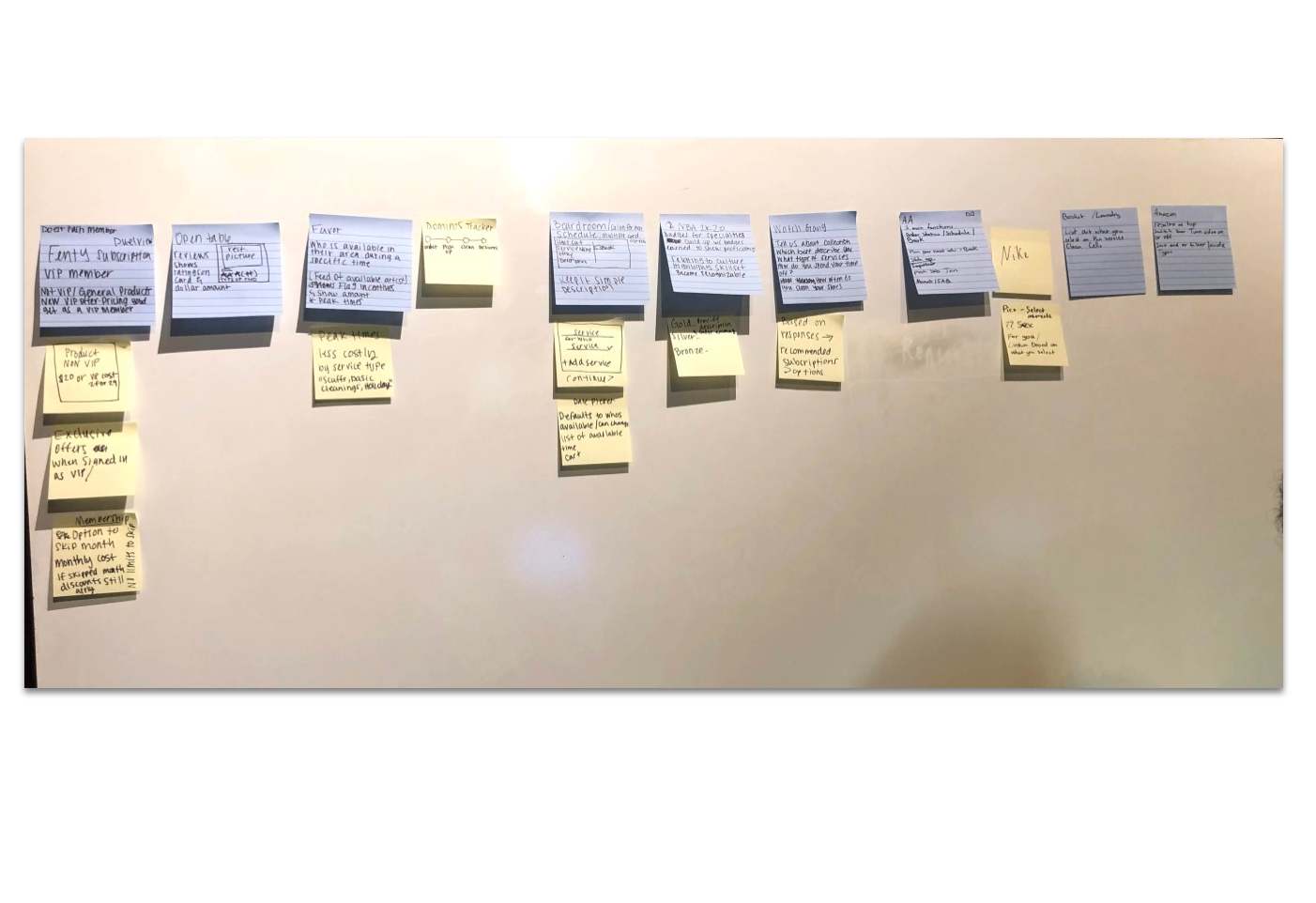
Lightning Demos
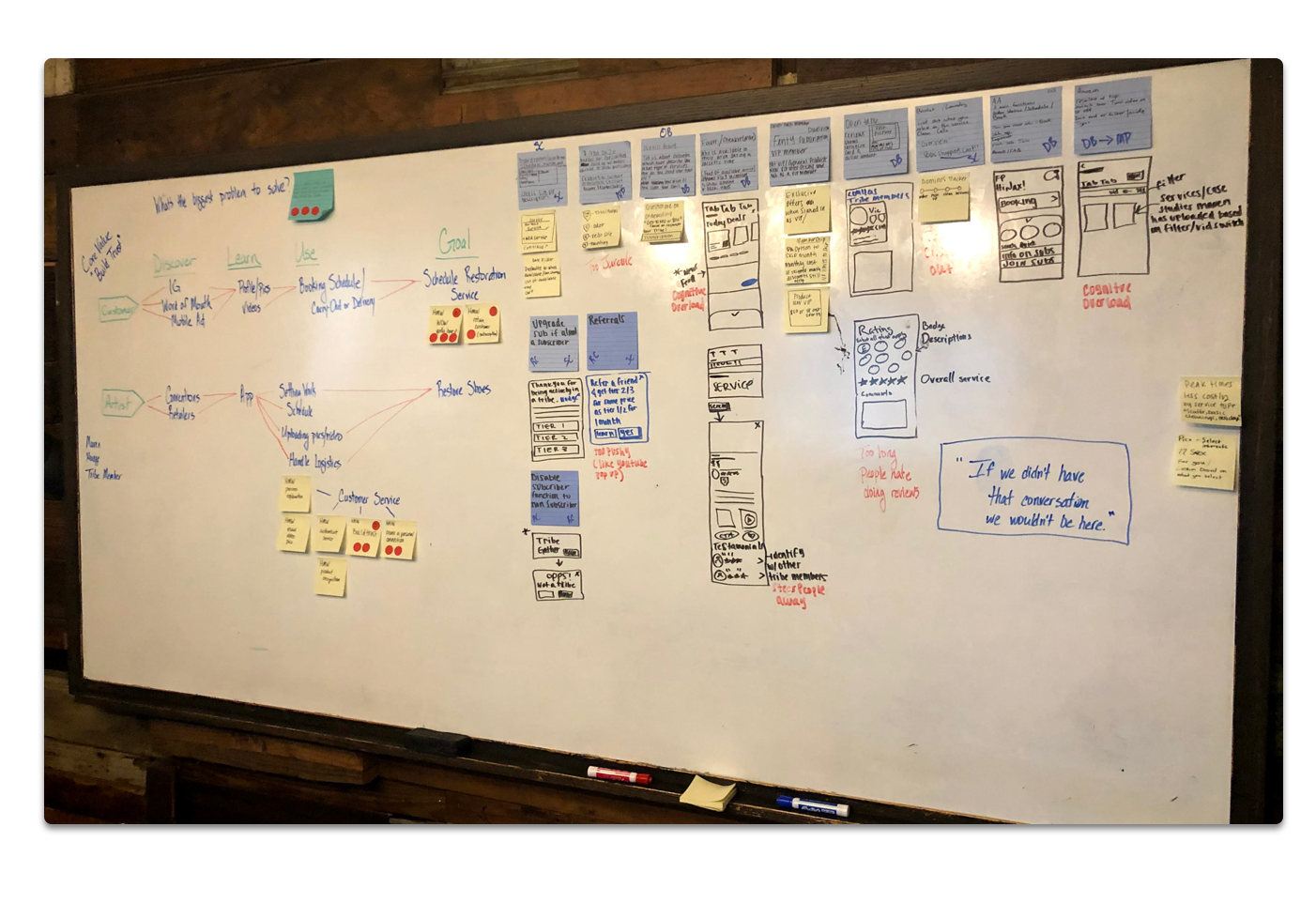
The Board (Heat Map, HMW's, High-Level Map, Affinity Diagram

PROTOTYPE
With the wealth of information gathered from research, testing, and interviews with potential users a prototype was developed that addressed the needs that were determined. It was learned that users wanted personalized service and that the application couldn't work with a logo as representation of the brand. They needed to be treated the way barbers or tattoo artists treat their customers: personalized service. With this in mind, the prototype addressed those desires to engineer a more comfortable experience.
TAKEAWAYS
In the interview process it was important to look at both sides of the equation: the business and the retail user. In this instance both sides looked at the application for guidance on how to communicate and make a fruitful transactions to benefit both parties. Being sure to place emphasis on creating customer loyalty, service value, and repeat business by creating an intimate experience via an application was challenging but rewarding. Keeping the thought of the basic principles of customer service in the service industry kept the process moving in a positive direction toward a solution.